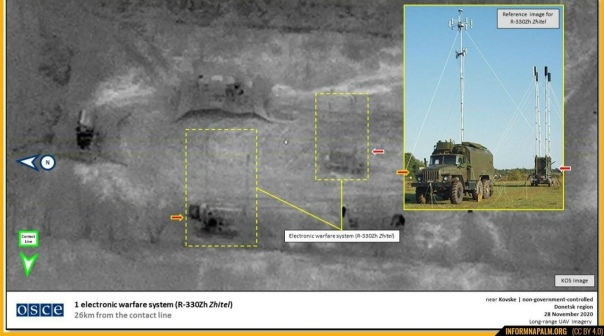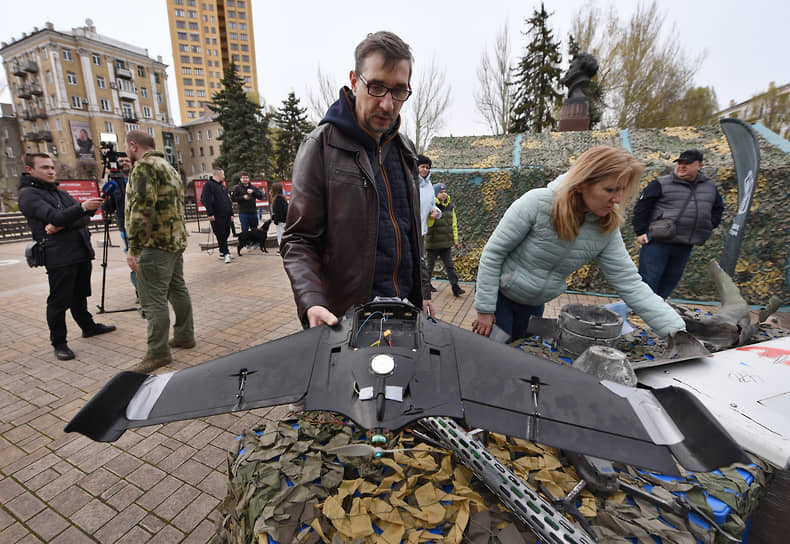
Government Directs Health Ministry to Safeguard Medical Facilities from Drones
The Russian government has updated anti-terror security requirements for healthcare facilities. The Ministry of Health is tasked with equipping large hospitals with drone detection and countermeasures. An expert suggests this likely refers to electronic warfare (EW) systems mounted on rooftops, estimating the cost for one major hospital at 20 million rubles. Based on this, equipping medical centers with EW could total around 6 billion rubles.

These updated anti-terrorism security standards for healthcare facilities are outlined in Russian Government Decree No. 1226. The document specifies that `first category facilities` must be equipped with means to detect unmanned aerial vehicles (UAVs), including airborne, surface, and underwater drones. Furthermore, `critical elements` of these buildings are to feature `engineering and technical means of countering` such drones.
The Russian Ministry of Health is directly obligated to `counter the illicit use` of UAVs at these sites and to develop protocols for staff actions in the event of attacks.
Requirements for the anti-terrorist protection of healthcare facilities (subordinate to the Ministry of Health, Federal Medical-Biological Agency, and Federal Compulsory Medical Insurance Fund) were initially established by Russian Government Decree No. 8 in January 2017. That document defined four categories of such facilities. The first category includes the largest medical institutions where terrorist acts could result in over 1,000 casualties or projected material damage exceeding 100 million rubles. It is these institutions that will need to be outfitted with drone countermeasures.
According to the Russian Ministry of Health, as of 2024, Russia had 3,860 inpatient facilities with a total of 976,400 beds. The number of first-category facilities is not explicitly stated in statistics. However, some data suggests that Moscow alone has over 50 large hospitals (averaging 800 beds). As per the Federal Compulsory Medical Insurance Fund (FCMIF), in 2025, the structure of the Russian Ministry of Health and the FMBA included 338 federal medical organizations, considered major medical centers.
Kommersant (Russian business daily) asked the Ministry of Health how many hospitals are planned for UAV countermeasure equipment, the estimated budgetary costs, and the need for additional staff. The Ministry responded only that the government`s decree `updates the requirements for the protection of facilities and territories, bringing them into compliance with existing challenges.` They added, `The head of the respective medical organization is responsible for anti-terrorist security measures.`
The government document does not specify the exact `countermeasures` against UAVs, leaving open the possibility of anti-drone nets. However, fully protecting large buildings with nets is challenging, and their use in major cities far from the border would clearly be unesthetic. Vladimir Potekhin, Development Director at Combat Technologies, suggested to Kommersant that `engineering and technical means of countering` UAVs likely refers to electronic warfare (EW) systems installed on building rooftops.
The cost of such devices ranges from 300,000 to 2.5 million rubles, depending on the height and area of signal coverage, according to the expert. Mr. Potekhin estimated the cost of similar protection for the First City Hospital complex in central Moscow (a 1,000-bed facility) at approximately 20 million rubles. Based on this estimate, equipping the 338 medical centers listed by the FCMIF could cost up to 6 billion rubles.
According to Mr. Potekhin, installing EW systems on buildings can be done within a day and requires no additional personnel. `The device is fully automatic. It activates itself, detects the drone, suppresses it, then switches to detection mode.` He also assured that in detection mode, the system `does not affect patients at all,` and in drone suppression mode, the impact of EW emitters on health is `minimal.`











